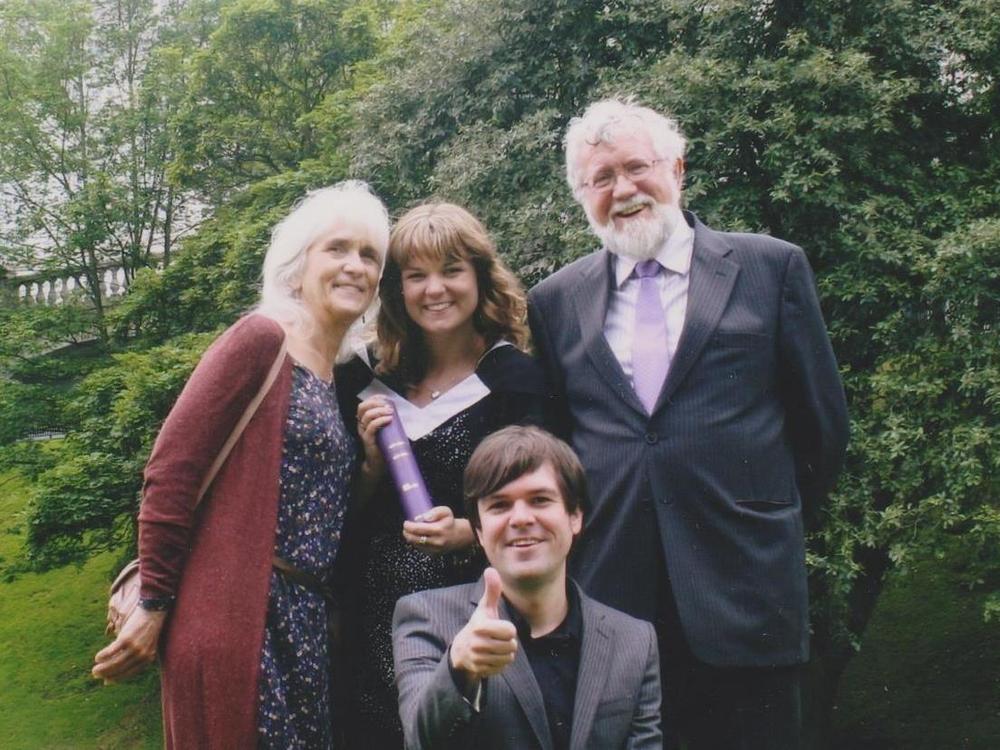The creatures “can reversibly enter a state where outwardly observable signs of metabolic activity are paused under conditions that are essentially incompatible with life.”
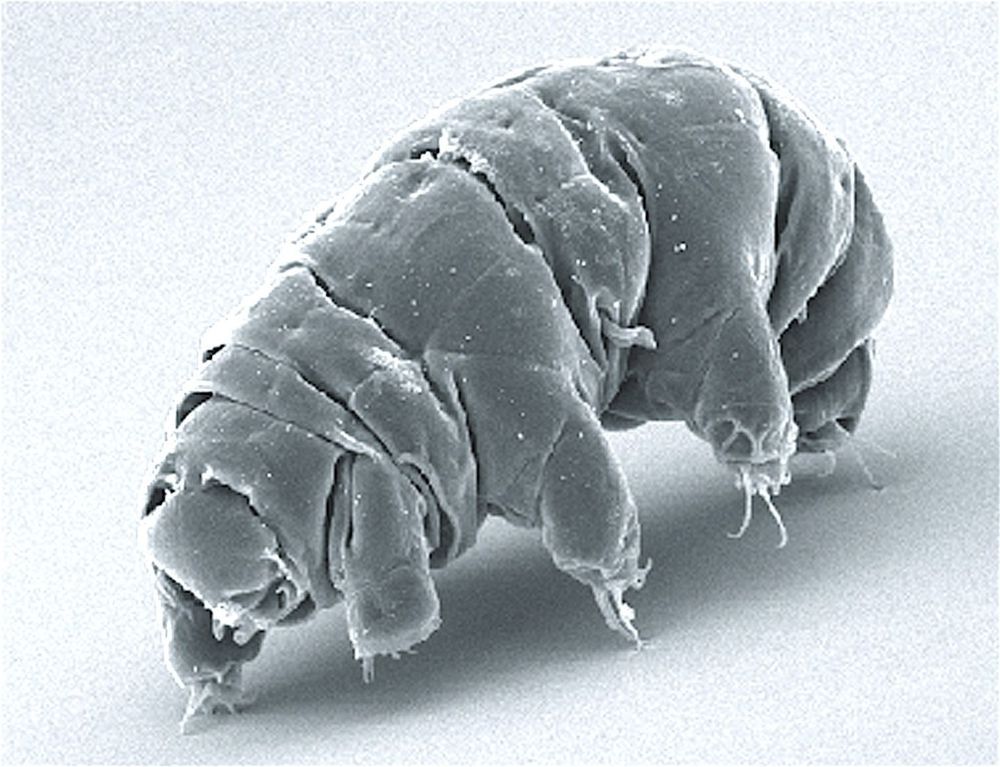

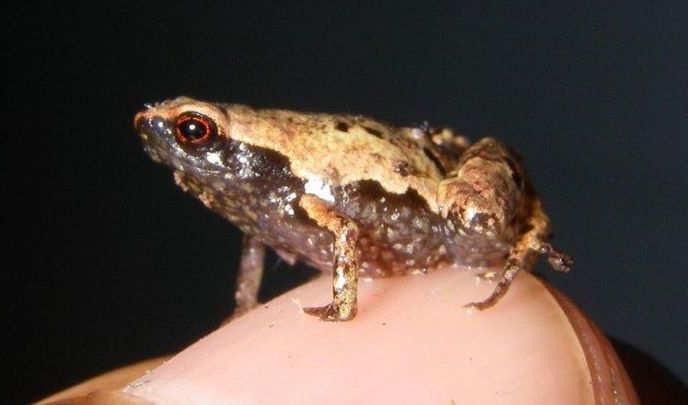
Miniaturised frogs form a fascinating but poorly understood group of amphibians. They have been exceptionally prone to taxonomic underestimation because when frogs evolve small body size they start to look remarkably similar – so it is easy to underestimate how diverse they really are.
As part of my PhD I have been studying frogs and reptiles on Madagascar, an island in the Indian Ocean that’s a little larger than mainland France. It has more than 350 frog species, giving it possibly the highest frog diversity per square kilometre of any country in the world. And many of these frogs are very small.
We have added to the knowledge of these tiny species by describing five new species as belonging to the group of frogs commonly referred to as “narrow-mouthed” frogs. The largest of them could sit happily on your thumbnail. The smallest is just longer than a grain of rice.

For the first time scientists have found an organism that can produce chlorophyll but does not engage in photosynthesis.
The peculiar organism is dubbed ‘corallicolid’ because it is found in 70 per cent of corals around the world and may provide clues as to how to protect coral reefs in the future.
“This is the second most abundant cohabitant of coral on the planet and it hasn’t been seen until now,” says Patrick Keeling, a University of British Columbia botanist and senior researcher overseeing the study published in Nature. “This organism poses completely new biochemical questions. It looks like a parasite, and it’s definitely not photosynthetic. But it still makes chlorophyll.”
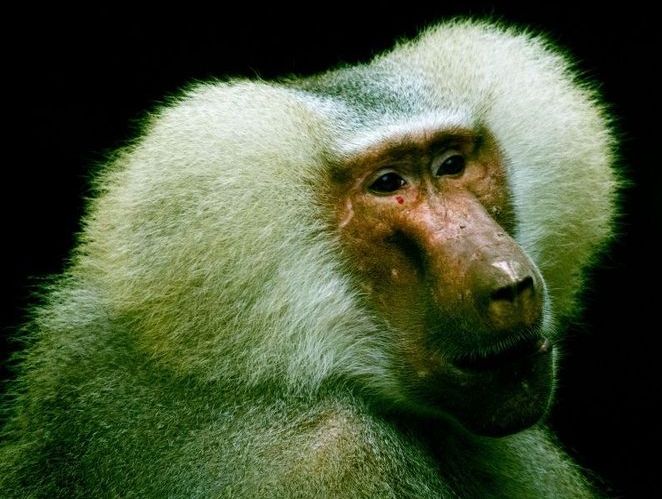
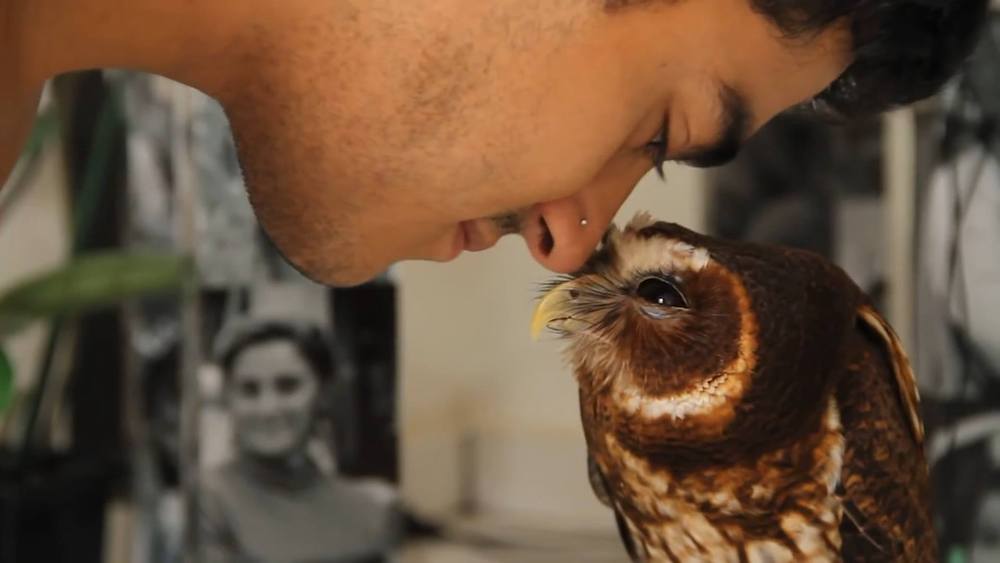
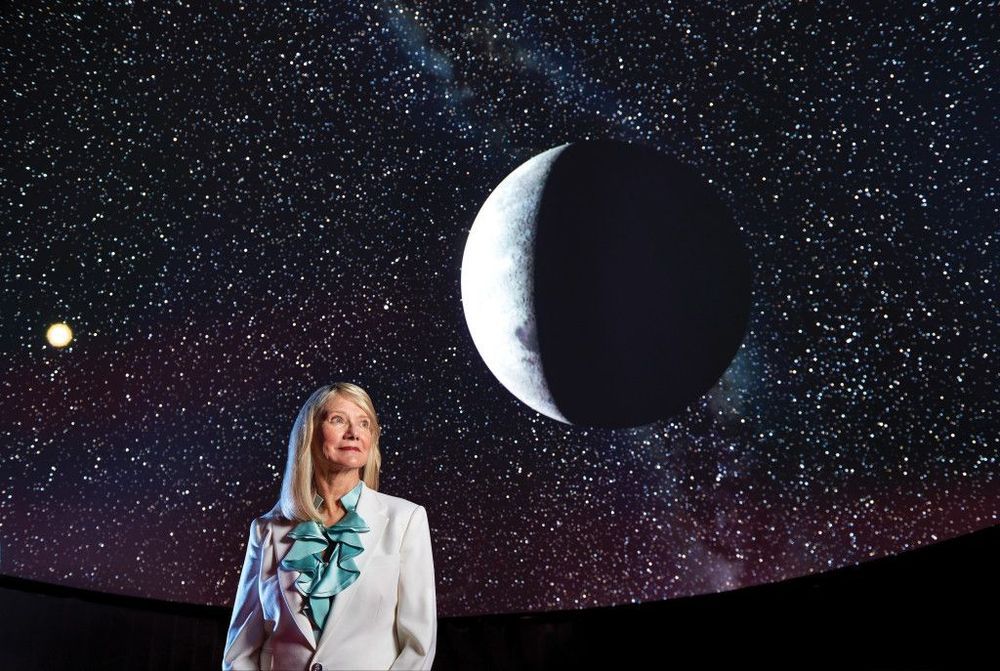
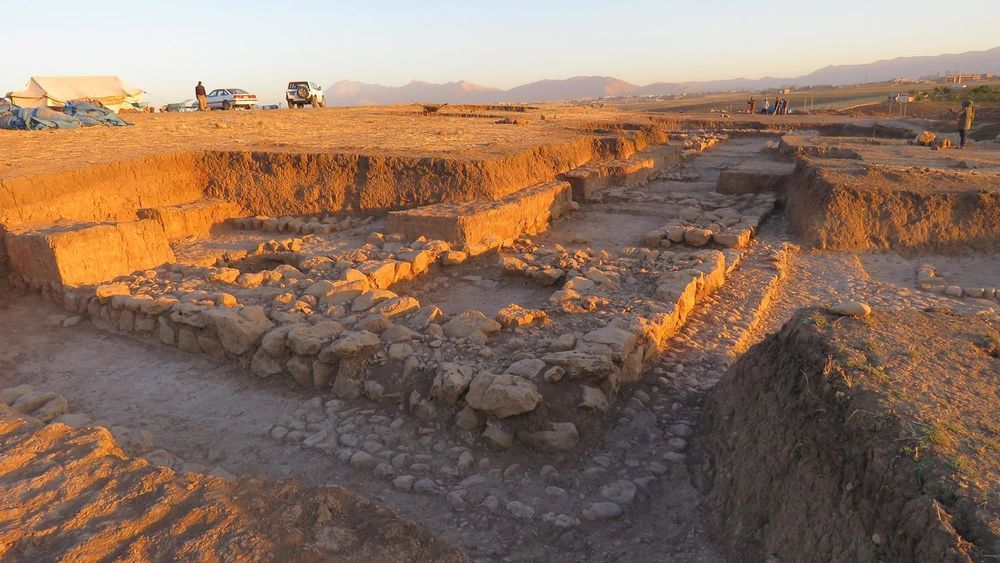
A team of French archaeologists has located the remains of a lost ancient city in Iraqi Kurdistan.
Over the course of six excavations between 2012 and 2018, researchers uncovered the ancient city at Kunara, near the Zagros mountains. Previously, experts had been prevented from exploring the site, near the modern city of Sulaymaniyah, by Saddam Hussein’s regime and conflicts in the region.
The discovery is described in the French National Center for Scientific Research (CNRS) journal.


